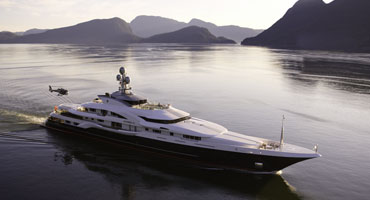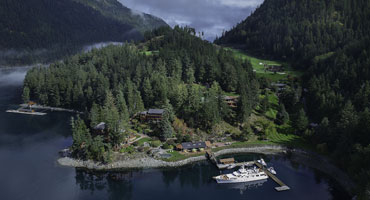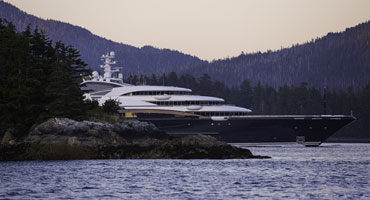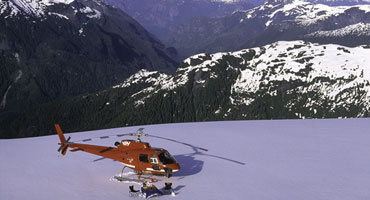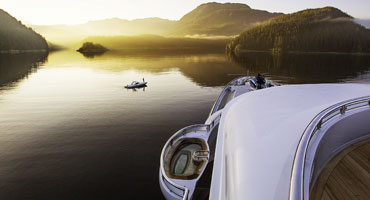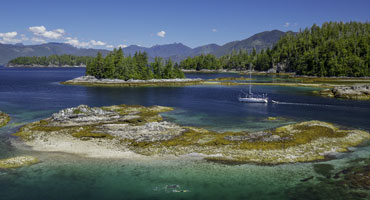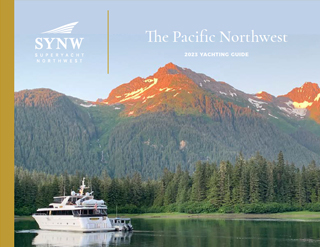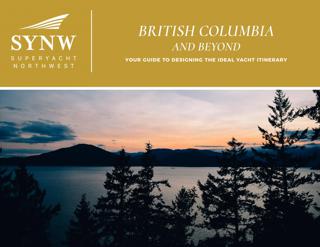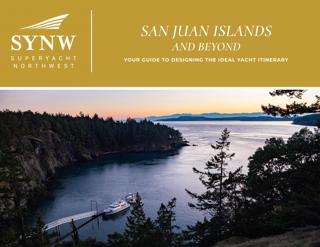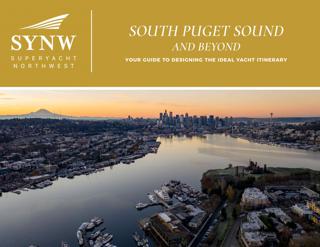PACIFIC NORTHWESTDESTINATIONS
The Pacific Northwest is home to more than 25,000 miles of coastline. From the islands of the Puget Sound to the coastal fjords and glaciers of British Columbia and Alaska, your journey will take you to some of the most spectacular and inspired places on Earth.
Superyacht Northwest
Sailing Guides
Your guides for designing the ideal yacht interary and cruising to the pristine destinations of the PNW.
Cities of the Pacific Northwest
Seattle, Washington. Vancouver and Victoria, British Columbia. They’re the crown jewel port cities of the Pacific Northwest, and each offers unique experiences in arts and culture, shopping, and dining. While they are vibrant and cosmopolitan, each maintain a harmony with the natural beauty that surrounds them.
San Juan Islands
& Gulf Islands
Located between the mouth of Puget Sound and Vancouver Island, BC, Washington’s San Juan Island archipelago consist of 172 islands. The three largest (Orcas, San Juan, and Lopez) offer ferry service and are known for fishing, whale-watching, hiking, cycling, and farm-to-table cuisine. British Columbia’s Gulf Islands are located in the Strait of Georgia between Vancouver Island and the mainland. The larger, inhabited islands are known for their bohemian culture, organic foods, and artist communities.
Vancouver Island
The largest Pacific island east of New Zealand, Vancouver Island is 290 miles in length and 62 miles at its widest point. From Victoria, the ornate provincial capital of British Columbia, to Cape Scott’s windswept beaches at its northern end, the island features a diverse ecosystem with old-growth forests, snowcapped mountains, and rugged coastline. Visitors also enjoy its scenic golf courses, lush vineyards, and vibrant communities.
Fredrick
Sound
Accessible only by boat or air, Fredrick Sound is surrounded by majestic snow-covered mountains of the Coast Range. These glacier-fed waters are abundant with krill and herring, making it one of the premier places to observe feeding humpback whales in summer. Other marine animals include orcas, sea lions, Dall’s porpoise, and harbor seals. The sound is a busy marine passageway for both Alaska Marine Highway ferries and cruise ships.
Endicott
Arm
One of the favorite but lesser-known destinations in Alaska is the Endicott Arm with Dawes Glacier and Fords Terror Wilderness. Larger cruise ships usually don’t venture into the Endicott Arm, leaving you to cruise its open waters. The location is known for its rugged mountains, deep valleys, and towering waterfalls. At the head of the fjord is a tidewater glacier. Bears, deer, mountain goats, eagles, and harbor seals are often on display for visitors.
Tracy Arm Fjord
Located 45 miles south of Juneau, the 27-mile Tracy Arm Fjord is a dramatic natural gem. In certain places, the narrow inlet is no more than a half mile wide. Cliffs rise more than 3,000 feet on either side with dramatic views of waterfalls that cascade down the steep rock walls. The twin Sawyer Glaciers, North Sawyer and South Sawyer, are located at the end of Tracy Arm.
